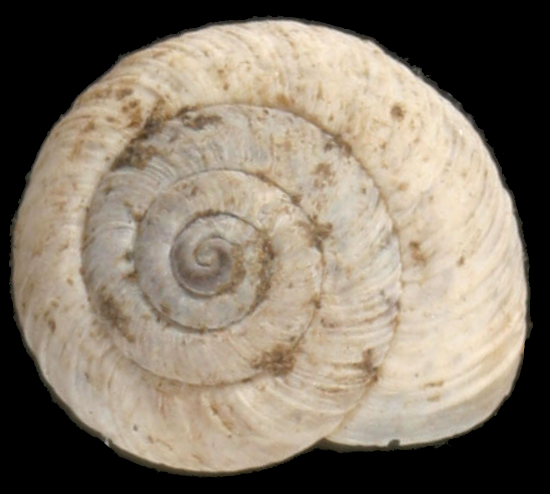|
Xerocrassa Geyeri
''Xerocrassa geyeri'' but as anomaly it was found also in 370 m above sea level in Mont Vertoux. ''Xerocrassa geyeri'' is hermaphrodite, hermaphroditic species and fertilisation is obligately outcrossing. The main reproduction period is from March to June and from September to October (according to the table values). It lays usually less than 10 uncalcified egss, but sometimes more (according to the table values). Juveniles are hatching from eggs in less than two weeks (according to the table values). They reach sexual maturity in one year and longevity of this species is 1–2 years. ''Xerocrassa geyeri'' feeds on dead plants, but rarely also on living plants, epilithic lichens and on algae. Its active Biological dispersal, dispersal capacity is about 3 m during its one-year lifetime. Its competitor may be ''Candidula unifasciata''. See also Species with similar shell include: * ''Helicopsis striata'' (Müller, 1774) * ''Candidula unifasciata'' (Poiret, 1801) References Th ... [...More Info...] [...Related Items...] OR: [Wikipedia] [Google] [Baidu] |
Gastropod Shell
The gastropod shell is part of the body of a Gastropoda, gastropod or snail, a kind of mollusc. The shell is an exoskeleton, which protects from predators, mechanical damage, and dehydration, but also serves for muscle attachment and calcium storage. Some gastropods appear shell-less (slugs) but may have a remnant within the mantle, or in some cases the shell is reduced such that the body cannot be retracted within it (semi-slug). Some snails also possess an operculum that seals the opening of the shell, known as the Aperture (mollusc), aperture, which provides further protection. The study of mollusc shells is known as conchology. The biological study of gastropods, and other molluscs in general, is malacology. Shell morphology terms vary by species group. Shell layers The gastropod shell has three major layers secreted by the Mantle (mollusc), mantle. The calcareous central layer, tracum, is typically made of calcium carbonate precipitated into an organic matrix known as c ... [...More Info...] [...Related Items...] OR: [Wikipedia] [Google] [Baidu] |
Type Specimen
In biology, a type is a particular wiktionary:en:specimen, specimen (or in some cases a group of specimens) of an organism to which the scientific name of that organism is formally attached. In other words, a type is an example that serves to anchor or centralizes the defining features of that particular taxon. In older usage (pre-1900 in botany), a type was a taxon rather than a specimen. A taxon is a scientifically named grouping of organisms with other like organisms, a set (mathematics), set that includes some organisms and excludes others, based on a detailed published description (for example a species description) and on the provision of type material, which is usually available to scientists for examination in a major museum research collection, or similar institution. Type specimen According to a precise set of rules laid down in the International Code of Zoological Nomenclature (ICZN) and the International Code of Nomenclature for algae, fungi, and plants (ICN), the ... [...More Info...] [...Related Items...] OR: [Wikipedia] [Google] [Baidu] |
Love Dart
A love dart (also known as a gypsobelum, shooting darts, or just as darts) is a sharp, calcareous or chitinous dart which some hermaphroditic land snails and slugs create. Love darts are both formed and stored internally in a dart sac. These darts are made in sexually mature animals only, and are used as part of the sequence of events during courtship, before actual mating takes place. Darts are quite large compared to the size of the animal: in the case of the semi-slug genus ''Parmarion'', the length of a dart can be up to one fifth that of the semi-slug's foot. The process of using love darts in snails is a form of sexual selection. Prior to copulation, each of the two snails (or slugs) attempts to "shoot" one (or more) darts into the other snail (or slug). There is no organ to receive the dart; this action is more analogous to stabbing, or to being shot with an arrow or flechette. The dart does not fly through the air to reach its target, but is "fired" as a contact shot. ... [...More Info...] [...Related Items...] OR: [Wikipedia] [Google] [Baidu] |


.jpg)
